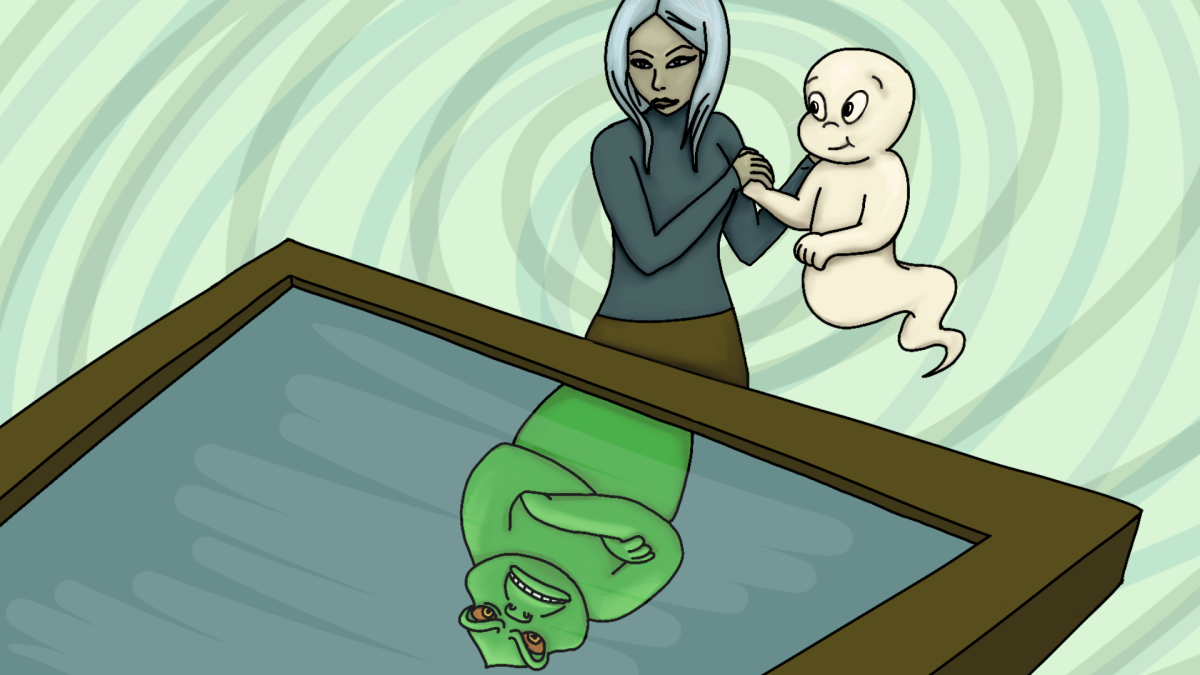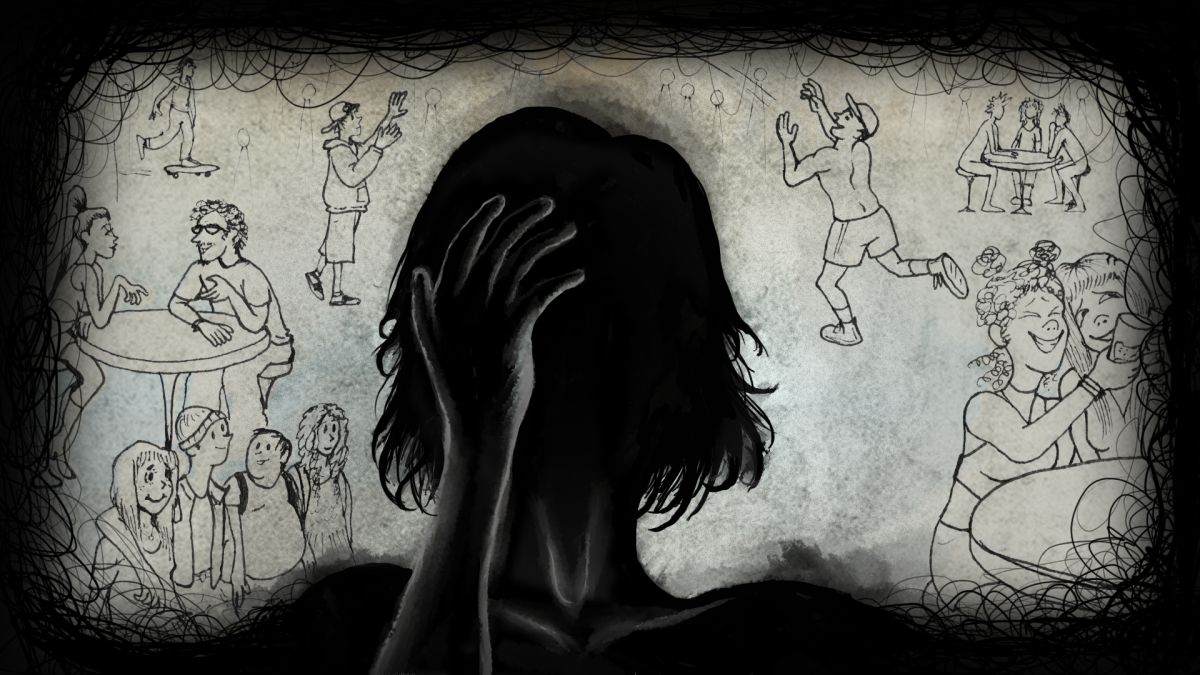Around 70% of the world’s population will experience a traumatic event throughout their lives. Even if someone doesn’t develop post-traumatic stress disorder, our bodies and brains can be directly impacted by harmful experiences that affect our well-being moving forward.
Years after experiencing trauma, certain words, dates and sounds can cause a spiral into feelings you never want to revisit, even within the safest contexts. One nightmare recalling the worst times in your life can disrupt your sleep for weeks.
But experiencing a trauma response or flashback does not give power to the perpetrators of painful memories — our bodies develop coping mechanisms in order to protect us, attempting to minimize our pain in case we encounter similar situations again.
For years, I felt ashamed or angry about my own trauma responses. Each time I encountered a trigger that reminded me of past harms, I thought I was giving those who inflicted it the ability to haunt me in the present. I prevented myself from becoming involved in organizations or activities, afraid to trust my loved ones too much. I assumed the worst in others through my painful memories instead of allowing genuine connections to develop.
Feelings of shame alongside an avoidance of any potential danger is a common experience for those recovering from trauma. Sarah Ascienzo, an associate professor in the School of Social Work, has seen these patterns while educating and providing therapeutic services in the field for nearly 20 years.
“We can walk away [from] trauma and hopefully understand that it was not our fault,” Ascienzo said. “We oftentimes just adapt a lot of habits that are designed to kind of keep us safe, right? That may be how we interact with other people, where we go, when we go, like it might be about actual physical safety. But also, what’s really important in the aftermath of trauma is generating a sense of psychological safety, or feeling safe, even when we might be objectively physically safe.”
Understanding how we respond to triggers is an important step in understanding how trauma responses are adaptive.
“Our bodies are trying to heal and protect us generally,” Ascienzo said. “I think in the aftermath of trauma responses, we often adopt habits, behaviors, strategies and sometimes it’s outside of our awareness.”
If someone were to encounter dangerous contexts in the future, anxiety developed as a consequence of trauma could help an individual navigate their environment. Someone could exhaust a lot of energy into monitoring exit routes after entering a room, to an extent that inhibits their ability to participate in things they want. But in an emergency situation, this habit might improve chances of safety.
But more often than not, trauma responses aren’t immediately beneficial. I worked to identify what was causing me to revisit negative emotional states even though my own contexts had changed. When people used the same terminology or behaved similarly to those who’d hurt me, I found myself quick to distrust others, even when they posed no harm to me. This impacted my ability to connect with classmates and coworkers, as well as my friendships, family dynamics and romantic relationships.
“[Coping] behaviors can be problematic,” Ascienzo said. “They can be challenging [but we can view] them in a way that’s like addressing the underlying need and what the function of that behavior was.”
I decided that I needed to work to embrace trauma responses as they occurred in order to heal from harmful events in my own past.
Instead of writing people off entirely, I began to clearly communicate boundaries to those close to me. This involved effort on both sides of a relationship; I have reminded myself when I am not in danger and have asked loved ones to choose alternate approaches to discussions or actions that trigger my defense mechanisms.
“It’s not so much the traumatic event itself that causes these lasting adverse effects, but it’s how we interpret those traumatic events and what they mean about us and our lives and our safety and well being,” Ascienzo said.
Acceptance of trauma responses is not a straightforward process. Taking advantage of resources designed to help with recovery can help us to shift negative feelings towards acceptance and gratitude of the ways our bodies adapt to keep us safe.
“While there can be great distress and suffering that comes in the aftermath of trauma, I also really want people to know that there’s pathways through that,” Ascienzo said. “It can be really helpful to have someone helping you and guiding you and supporting you through that process … I never want people to interpret trauma-informed care or focus on trauma as like, feeling like their future has been written for them because of what has happened to them.”
As NC State students, the Counseling Center and Survivor Services can help individuals processing their experiences. Faculty and staff can pursue complete Pack Survivor Support Alliance workshops to become educated on trauma-informed support. Free resources can also help those in and beyond our campus support each other, such as those offered by SAMHSA.
Instead of feeling shame or anger about our trauma responses, we have the power to reframe our experiences.
“We as human beings just have so much capacity for change and growth and healing,” Ascienzo said. “I don’t want to romanticize it, but it’s like a beautiful thing to behold and witness, to see the strength and the resiliency of humans.”





